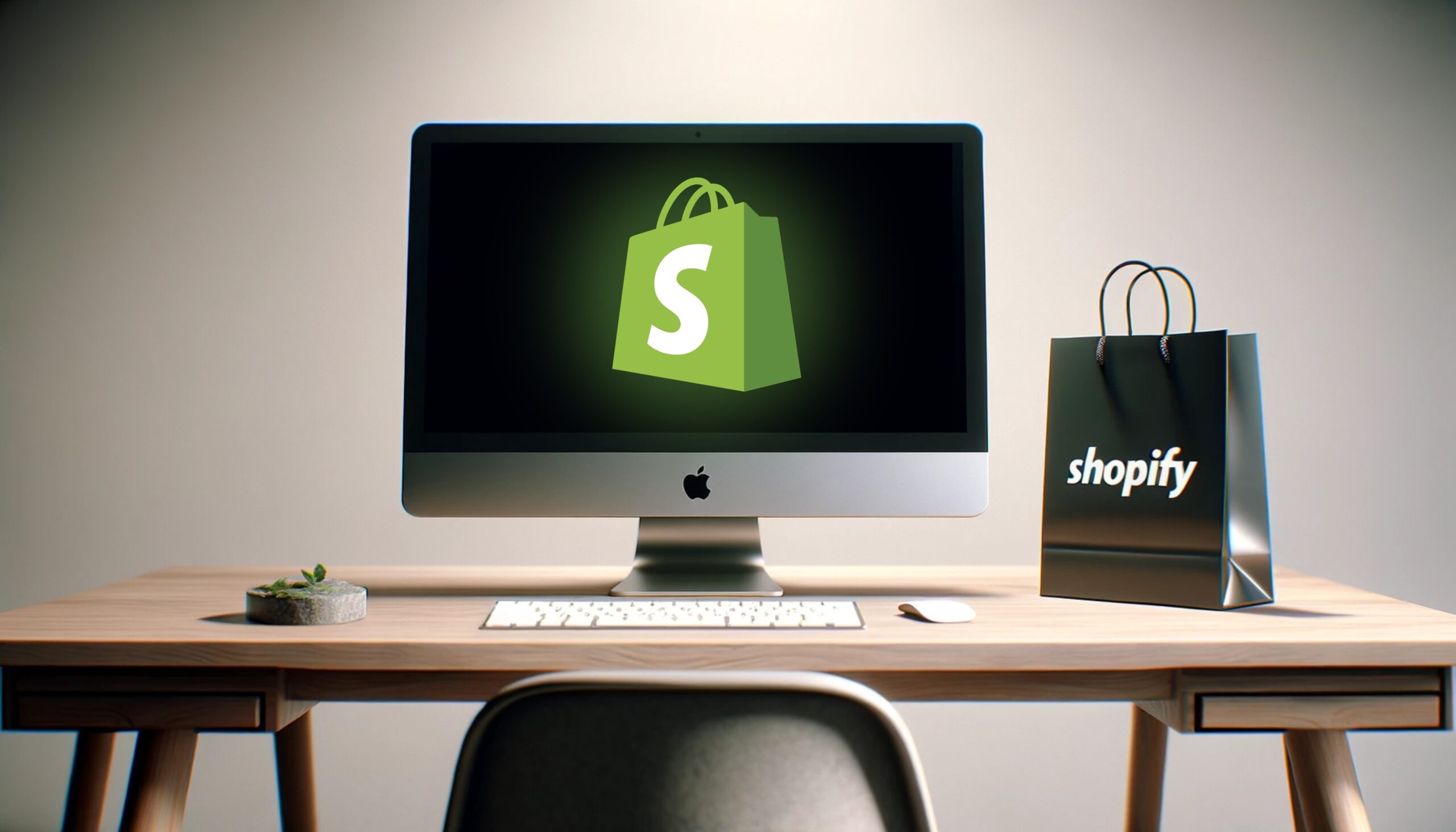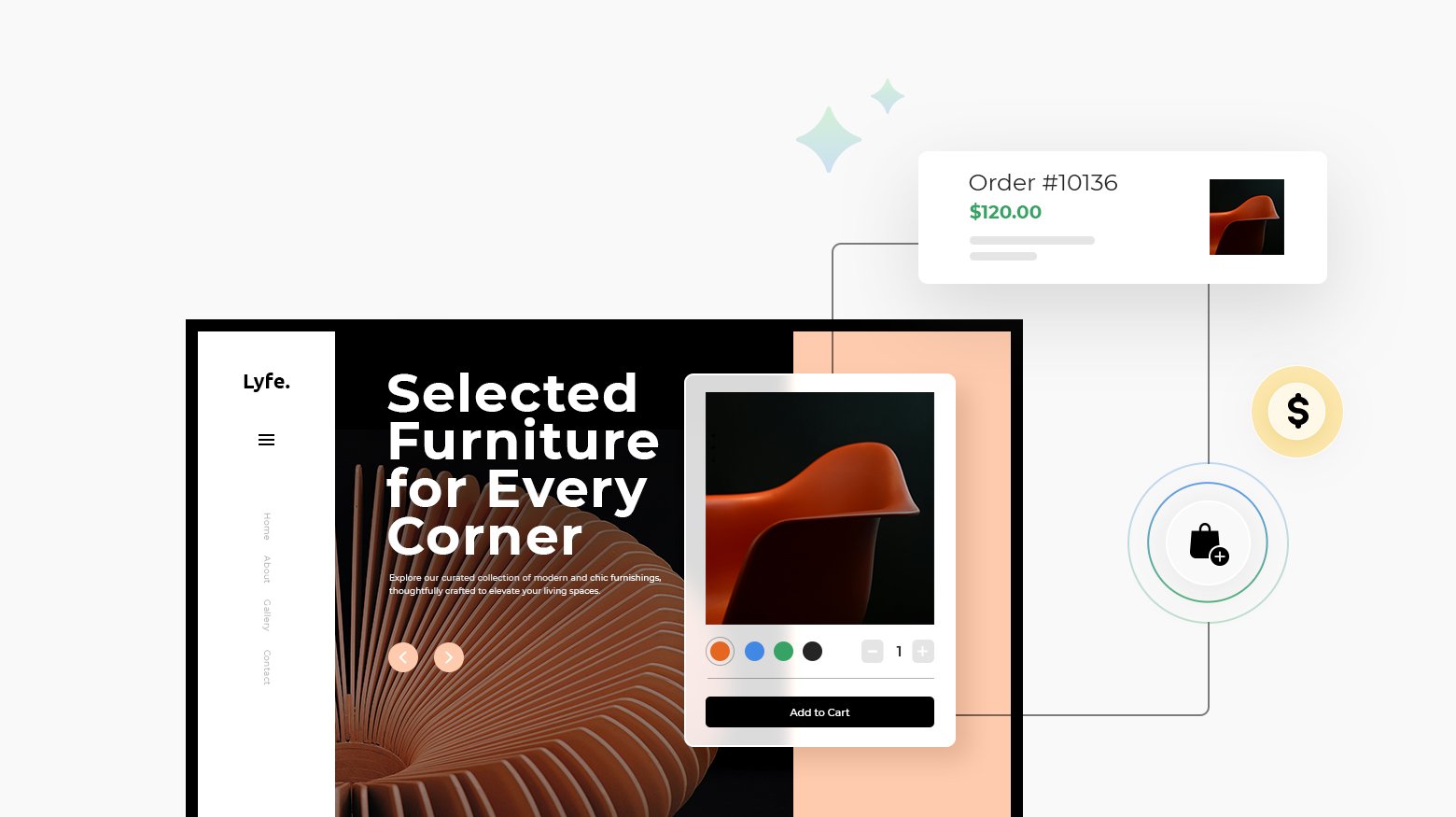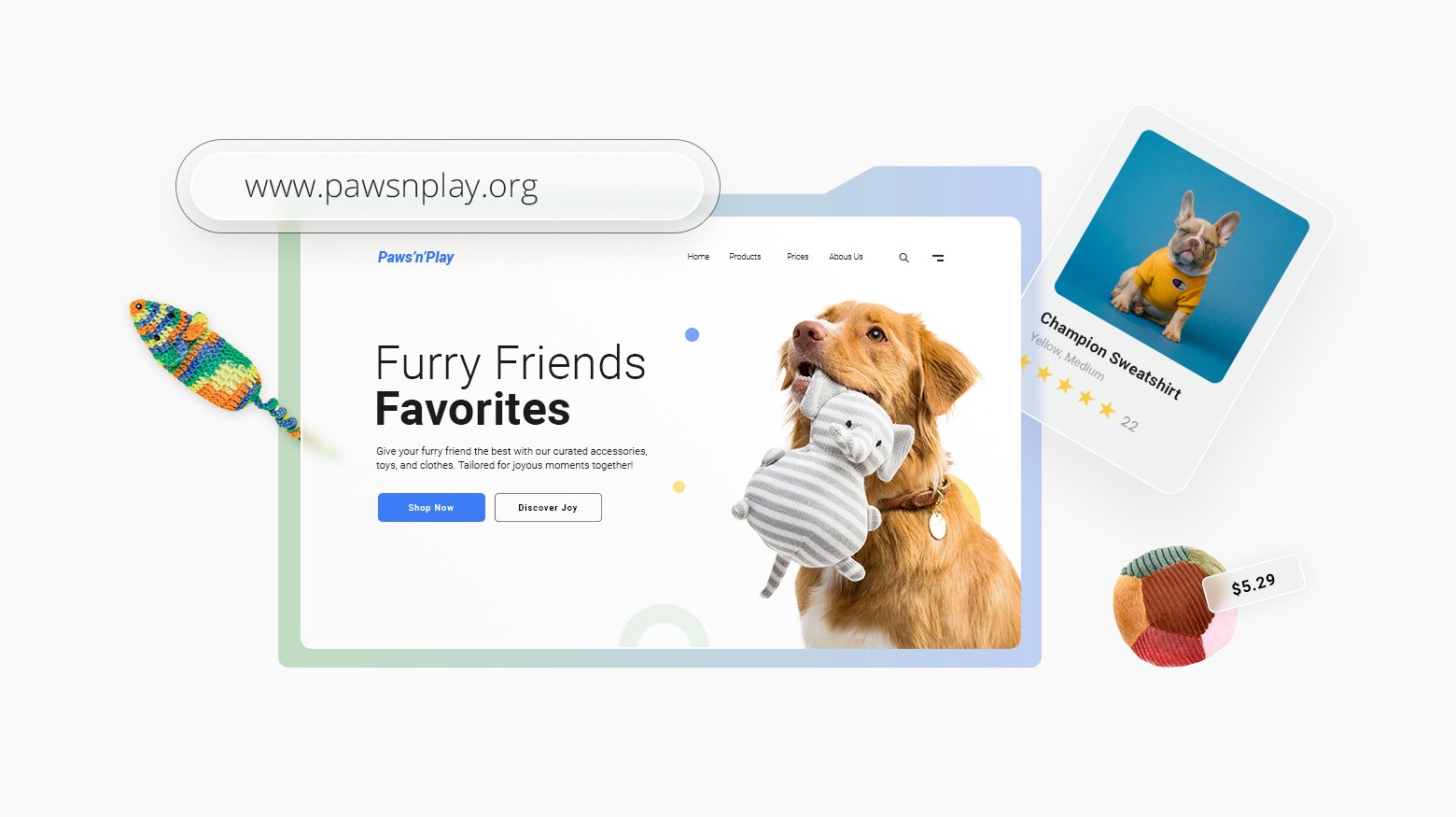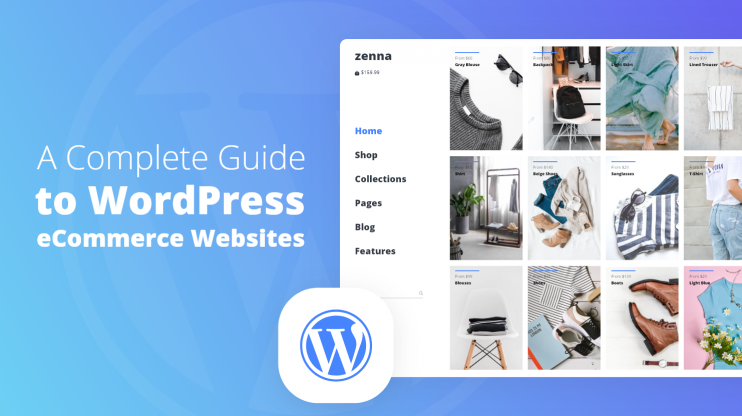You’ve got ideas. Maybe it’s a funny quote your friends love. Maybe it’s your art, your pet, your fandom obsession, or just a design you know would look amazing on a hoodie. You’ve probably also Googled how to start a print-on-demand business a dozen times by now, and you still feel overwhelmed with all the info.
Most guides either feel too salesy or too complicated, and when you’re caught between excitement and fear of wasting time (or money), it’s hard to know where to even begin. So, let’s see where exactly to start and how to turn your cool idea into a successful business without trying to figure it out from 12 Reddit tabs. By the end, you’ll know exactly how to get started, with tools, examples, and a plan you can actually follow.
What is a print on demand business?
Print-on-demand (POD) is what it sounds like: a product is printed only when someone orders it. It works like this:
- You create a design
- A customer places an order
- A third-party company prints and ships it
- You make money
There’re no bulk orders involved, no boxes in your living room, and no risk of buying 200 shirts that never sell. Sounds simple enough, but it’s not completely passive. There’s still work to do.
You will spend most of your time on designing, marketing, and choosing the right tools, Compared to traditional businesses, it’s one of the lowest-risk ways to start something real. This is still a bit abstract, so before we explore the tools, tactics, and steps, let’s take a look at the bigger picture.
What running a POD business involves
When people look up how to start a print-on-demand business, they usually assume it’s all about creating cool designs. While that’s definitely a part of it, the real work (and growth) happens in a few other places most beginners don’t expect. Before we jump into tools and platforms, let’s break down where your energy will go.
1. Creativity and design
This is the fun part: coming up with ideas, testing them, and turning them into real products. You most probably already have a couple of things written down somewhere. So, you’ll just need to work on them a little, create the designs using Canva, Kittl, or even AI, and test them in real life by ordering a few samples. The key is selling the right design (and message) to the right audience.
2. Store setup and tools
With this stage, your business gets real. You’ll choose how and where to sell, and connect with a POD partner who does the printing and shipping. After that, your time is spent on manual setups of your ecommerce store, writing product titles and descriptions, uploading mockups and choosing pricing.
There are great tools that help you create a website and start selling your products in hours by doing most of the manual work for you. We’ll explore these platform options in the next section. It’s an important choice that can make your process a thousand times easier.
3. Marketing and visibility
This is the most important part, and where most people give up. You could have the best design in the world, but if no one sees it, it won’t sell. You might need to learn some basic SEO, be active on social media, work with micro-influencers, and more. We’ll have a separate breakdown of strategies that can work for you. In the meantime, just expect to spend most of your ongoing time here.
4. Customer experience and optimization
Once orders start coming in, your job isn’t done. There’s ongoing work involved in keeping everything running smoothly and scaling up. This typically means:
- Responding to customer questions or reviews
- Checking print quality and shipping speed
- Editing listings, testing prices, or adding new product types
- Planning small campaigns or seasonal drops
Those are the four main areas you’ll be spending your time on. Now let’s break down each of these and give helpful guidance for each step you’ll take.
How to start a print-on-demand business: Step-by-step deep dive
Starting a POD business sounds simple: upload a design, sell a product, get paid. However, turning it into something that works (and keeps growing) takes a few more steps. Here we’ll walk through every stage you need to go from idea to first sale, and beyond.
Step 1: Choose a profitable target
Let’s start with the step that trips most people up: choosing a niche. If you’re overthinking this, it’s totally normal. Should you go broad or hyper-specific? Stick to your interests or follow trends?
Whatever you choose to do, just follow one simple logic: the more clearly you define who you’re designing for, the easier everything becomes: product ideas, marketing, even pricing. So let’s simplify it with a quick 3-part filter:
| Test | What it means | How to explore it |
| Passion | Do you care about this topic enough to stick with it? | Think: fitness, pets, gaming, plant moms, runners, musicians |
| Demand | Are people already buying in this space? | Use tools like: Etsy search suggestions, Google Trends, POD subreddits (what’s trending) |
| Profitability | Can you create designs people want and make a margin? | Look for a target where people are used to spending: weddings, pets, hobbies, small biz gifts |
You can go for motivational gym tank tops for beginners or book lover tote bags. Just make sure you know the audience, and you speak their language. This will put the foundation for your journey.
Step 2: Design (even if you can’t draw)
Once you reach here, you can feel like you hit a wall: “I’m not a designer,” “I can’t draw,” “I don’t even know where to start.” The ages when only artists could design are over. In fact, many top sellers are using text-only designs, meme humor, or royalty-free assets to create viral hits. So you can just take a deep breath and let your natural creativity flow. Here are some simple tools you can use to design:
- Canva: Free, beginner-friendly, and packed with templates
- Kittl: Great for vintage/typography designs
- AI tools: Use Midjourney or DALL-E to generate visuals (be careful with licensing!)
- Creative Market / Envato: Buy licensed design assets and customize them
Besides the tools, pay attention to the concepts your audience would love to see. For example:
- Bold text quotes: “Dog hair is my glitter”
- Inside jokes for small groups: “Running late is my cardio (for teachers)”
- Simple illustrations and niche pairing: cute weightlifting avocado for fitness fans
- Clean, aesthetic wall art with affirmations or zodiac signs
Don’t aim to create a piece of art. Simply be relatable (or giftable). You can even open Canva now and create a basic shift design with a quote you love. Ask people around you if they’d buy it, test the idea, perfect it, and continue towards the next step.
Step 3: Choose products and set prices
With your designs ready, now you need to put them on real products that people will click on, buy, and wear or use in the real world. This step covers two key things:
- Choosing what to sell
- Figuring out how to price it in a way that makes sense to the audience and makes you money
If you’re still figuring out how to start a print-on-demand business that brings in sales, product choice and pricing will play a huge role in how fast you grow.
1. Decide what you sell
T-shirts are the classic POD starting point, but they’re also the most crowded. There are tons of product categories that are cheaper to sample, easier to photograph, or more niche-friendly:
| Product type | Why it’s great |
| Mugs | Cheap to sample, great for text-based designs, popular as gifts |
| Tote bags | Low-cost, trendy, and often used daily |
| Stickers | Ideal for quotes, fandoms, and inside jokes |
| Phone cases | Higher margin potential, especially with aesthetic or fandom art |
| Wall art / posters | Perfect for artists or minimalist affirmations |
| Baby clothes | Niche, emotional purchase category (great for gifts) |
Those are all good options (depending on your audience), but don’t do all at once. Start with 3–5 products max. Test different styles before building out a full catalog.
2. Ensure high-quality mockups
Your product will be sold not only because of a cool design, but cool photos of that design. Your POD partners will have built-in mockup tools you can use (like Printful or Printify). If at some point you want to be more creative with photos, you can upload your design to lifestyle mockup generators like Placeit.
In both cases, try to make the photos match your vibe. If you’re selling funny dog mom mugs, use a cozy kitchen scene for your photo’s background. If it’s a gym tote, lifestyle photos, gym lockers, and activewear attributes can help.
3. Price your products (correctly)
Setting up the right prices doesn’t require a business degree, but you do need to make sure you’re not losing money. Let’s walk through a basic formula:
base cost (what your POD partner charges) + markup (your profit) = retail price (what the customer pays)
Example: $6.50 (bast cost) + $8.50 (markup) = $15 (retail price)
In this scenario, if you sell 10 mugs for $15 at retail price, you will earn $85 in profit ($8.5 x 10 mugs). To make sure both you and your audience are satisfied and comfortable, it’s important to consider a couple of rules:
- Don’t underprice just to compete (buyers value quality, not just the lowest price)
- Round prices ($19 instead of $18.73)
- Factor in marketplace fees if you’re not using your own website
- Have free shipping by including it in the price (this increases conversions)
You can make sure your offer seems more valuable without adding it to your costs by having bundles (2 stickers = 1 price), adding personality to product descriptions, or using seasonable or trendy hooks.
Step 4. Choose the right print-on-demand partner
Now you know what products you want to sell and how you’ll price them. Let’s choose the company that will actually make and ship them. This partner matters more than you think. They’re the ones printing your design, packing it, and sending it to your customer. If the print fades or shipping takes forever, you look bad, not them.
What to look for in a good POD partner:
- Product selection: Do they offer the items you want (e.g. mugs, totes, hoodies, baby clothes)?
- Print quality: Can you trust that your designs will look crisp and last after washing?
- Shipping time: Do they deliver fast? Are they US-based, EU-based, or global?
- Costs and margins: Are their base prices reasonable enough to leave you room for profit?
- Integrations: Do they connect easily with 10Web/WooCommerce or your marketplace?
- Mockup generators: Do they offer built-in mockups to make your product listings look polished?
You can start by testing with one provider, then switch or expand later based on your results and customer feedback. Popular print-on-demand partners you can consider are in the table below, with their respective strengths:
| POD partner | Strengths |
| Printify | Wide range of products, lets you choose from multiple print providers, great for scaling |
| Printful | High quality, premium feel, great mockups, slightly higher pricing |
| Gelato | Global production network (great for Europe and fast worldwide shipping) |
| Gooten | Good backend systems, flexible for automation and scale |
Before you launch, order a sample of every product you plan to sell from the partner. You’ll want to check print quality and color accuracy, see how the item feels IRL (especially for apparel), and photograph or video your own version for marketing. This is especially important if you’re planning to build a brand and not just sell casually.
Step 5: Choose where to sell: Your own store or a marketplace?
Now that you’re fully set, it’s time to decide where your products will live. There are two main paths:
- Build your own store (with AI Website Builder)
- List on a marketplace (like Etsy or Redbubble)
Each has its pros and trade-offs, and your choice depends on your goals.
Option 1: Build your own store (recommended for growth)
This is the long game: owning your storefront, telling your brand story, and setting your own rules. Here, you’re not just one of the other thousand similar options, you’re the center. This might sound intense, but it doesn’t have to be with modern tech solutions.
Platforms like 10Web AI Ecommerce Website Builder let you launch a fully functional store in minutes using AI. You describe your print on demand business, your brand and vision, and it builds your site, connected to WooCommerce and ready for your products. You can even generate product descriptions, update your site layout, or get any other edit via AI Co-Pilot.
Why this route rocks:
- Total control over branding, layout, and messaging
- No marketplace rules or fees
- Easier to build a real, recognizable business
- You own your customer relationships (email list, loyalty, etc.)
- Built to grow with you: add products, pages, and marketing tools as you scale (which you will)
This part is really important, since one of the worst scenarios is when you suddenly blow up, but can’t sustain the number of orders and visitors because of a poor platform choice. Plus, this is how fast and easy it is to set up:
- Describe your business: What are you selling and who’s it for?
- Let AI do its part: Instantly get a full WordPress site with WooCommerce integration, product pages, and design.
- Customize & launch: Change colors, fonts, and more, then hit publish.
As a bonus to everything else mentioned above, you get great tools that are life-savers for 1st time-founders:
- Easy integration with your POD partner (all the options mentioned above)
- Free domain for the first year
- Built-in secure payments (PayPal, Stripe, and credit cards out of the box)
- SEO optimized website
- One clean dashboard to manage everything:
- View orders, sales, and products at a glance
- Set up taxes, shipping, and payment methods in a few clicks
- Track payouts, emails, and customer activity from one place
The only thing to keep in mind: you’ll need to bring in your own traffic. However, with marketplaces, you’re still competing for attention. So either way, visibility is something you’ll need to work on. The difference is that here, you own the space you’re building.
Option 2: Sell on a marketplace
Marketplaces are like online malls. They have built-in traffic, which is great for testing ideas and getting your first sale, but you’re just one of many stores on the shelf. You might choose this route if:
- You want to test ideas quickly with minimal setup
- You don’t want to worry about building a website yet (but the day will come)
- You’re okay with limited control over branding
However, keep in mind:
- The moment you publish, you’re competing directly with near-identical products: same categories, same keywords, often side-by-side
- Marketplace algorithms and policies can change anytime
- Fees will eat into your margins
- You’re building on rented land, you don’t own your audience
Many creators start on marketplaces to test their ideas, then build a store once they find what works. With 10Web, you can grow into your own space at any time, without starting from scratch.
Create your custom online store in minutes with 10Web AI Ecommerce Website Builder and take your business online. 
Looking to sell online?
Next step: Marketing to drive traffic
Everything’s set up now, and your next challenge is getting people to see and buy what you’ve created. Smart, organic marketing doesn’t drain your pockets; it builds real, lasting traction. If you’ve been wondering how to start a print-on-demand business that actually gets seen, this is where the real magic happens. In this step, we cover five key channels to drive traffic to your site.
1. Search engine optimization (SEO)
SEO (Search Engine Optimization) is how your website shows up on search engines like Google. When done right, it drives free, organic traffic to your site. This is a sustainable strategy that builds momentum over time. It works better than paid ads for the long run because you’re not constantly paying for clicks, but building free, ongoing visibility.
How to approach SEO:
- Keyword research: Use tools like Google Keyword Planner, Ubersuggest, or Ahrefs to find the terms people are searching for. Focus on long-tail keywords (phrases with 3+ words) that are more specific and less competitive.
- Optimize your product pages: Make sure each product page includes relevant keywords. When you write them in 10Web made sites, AI can assist you in this.
- Content marketing: Start a blog where you can write helpful or fun content related to your products. For example, “Why every runner needs these motivational t-shirts?” This will improve your SEO and give you content to share on social media and in your email marketing campaigns. We’ll talk more about this later.
It’s a long-term strategy that gets more powerful the longer you do it. This way you’re not paying for each click; organic traffic keeps coming in.
2. Social media engagement
Social media is one of the most powerful ways to market your POD business. Unlike SEO, it’s quicker to get started, but it still requires consistency. Here’s how to leverage the main platforms:
- Instagram & TikTok: Ideal for visual content. Share product mockups, behind-the-scenes videos, or quick design tutorials.
- Pinterest: Great for driving organic traffic through pins featuring your products and inspirational designs.
- Facebook: Use groups or pages to share updates, run contests, or join niche communities.
How to make this work for you:
- Engage with your followers by responding to comments and reposting user-generated content.
- Use relevant hashtags, trending audio, and collaboration posts (if possible).
- Be consistent and engage with comments.
- Share lifestyle content, not just product shots.
3. Influencer partnerships
Micro-influencers are influencers with a smaller but more engaged audience. They’re often a better fit for POD businesses because they offer a more personal connection with their followers. Here’s how to collaborate:
- Gift products: Reach out to influencers in your niche and offer to send them your product for free. In exchange, they’ll post about it on their platforms (if they like it, no pressure).
- Affiliate programs: Some influencers might be willing to work on a commission basis. Set up a simple affiliate program where they earn a small percentage of sales generated from their link.
This works because micro-influencers have more engaged followers, meaning their audience trusts their recommendations more than celebrities with millions of followers. They’re also usually more affordable and open to even free collaborations.
4. Reddit and online forums
Reddit is an often overlooked but incredibly valuable resource for marketers. The key to Reddit and all the other online forums is providing value without being overly promotional. If you can help people by answering their questions, you can link back to your site in a natural, non-spammy way.
How to approach Reddit:
- Find relevant subreddits: Look for subreddits related to your product and audience. For example, r/dogmoms, r/fitness, or r/booklovers. These are communities of people who would love your products.
- Provide helpful answers: If someone asks for a gift idea or tips related to your niche, answer their question thoughtfully, and mention your product as a potential solution (without pushing it too hard).
- Don’t spam: Reddit is very sensitive to self-promotion. Instead, be helpful first, then link to your site as an afterthought if it’s truly relevant.
By being genuine and helpful, you’re building trust with your audience. Plus, Reddit traffic can be highly targeted, and people often click links that offer real value.
5. Email marketing
Email marketing isn’t just for sales. It’s one of the most effective ways to build long-term relationships with your customers, drive repeat purchases, and increase your brand’s visibility.
How to use email marketing:
- Build your email list: Offer something in exchange for their email, like a discount or a free guide related to your audience. This way you gather the emails.
- Send personalized emails: After a purchase, send a thank-you email with an upsell or cross-sell for similar products. Don’t be too pushy here, and try to be helpful instead.
- Nurture relationships: Send out regular emails with value, like new product announcements, relevant blog posts (if you have one), behind-the-scenes content, or tips related to your products.
Emails are a direct line to your audience. Once they’ve opted in, you can build trust and nurture that relationship over time. Use email to keep your audience informed about new launches, sales, or other exciting updates to keep them coming back.
Take care of your customers
When you think about how to start a print-on-demand business, customer care probably isn’t the first thing that comes to mind. After all, your POD partner prints, packs, and ships the product, so what’s left for you to do?
Actually, quite a bit. Customer care is one of the easiest ways to stand out in a crowded market. Especially when most sellers treat their customers like anonymous order numbers, you can build loyalty by treating them like real people.
What customer care looks like in POD
You’re not packing boxes or handling inventory, but you are the face of the brand. If something goes wrong (or feels off), customers come to you. Here’s what that looks like day-to-day:
| Situation | What you should do |
| A product arrives late | Check tracking info and send a friendly update |
| The wrong item is delivered | Apologize and request a reprint from your POD provider |
| The print quality isn’t great | Offer a refund or replacement, and flag the issue with the provider |
| A customer asks about shipping/timing | Respond clearly and kindly, even if the info is already in your FAQ |
| A buyer leaves a bad review | Stay calm, offer to fix the issue, and publicly respond politely |
This might seem too time-consuming, but there’s no need to be online 24/7 to offer great support. A few simple systems can do most of the job:
- FAQ page: Add answers for common questions (like shipping time, returns, sizing) so you don’t have to answer them 100 times.
- Auto emails: Set up automated order confirmations, shipping updates, and thank-yous with your store platform or email tool.
- Templates & saved replies: Create reusable messages for common issues so you’re never starting from scratch.
Messed-up orders happen. It’s not the end of the world. What matters is how you respond. Every support message is a chance to show your customer that you care, and build trust with humans.
You’re closer than you think
Starting a print-on-demand business isn’t just for designers or marketing pros. It’s for anyone with an idea worth wearing, sipping from, or hanging on a wall.
Every small step builds something bigger, and now, you’ve got the roadmap of how to start a print-on-demand business: choosing a niche, selecting products, setting up your store, and getting those first sales.
If you’re serious about turning your ideas into income, take the step that sets everything in motion: build your storefront, test your first product, or just ask a friend, “Would you buy this?” And if you need a little help turning your idea into a real website, 10Web’s AI Website Builder is ready when you are.
Create your dream website with 10Web AI Website Builder 
Build your website in 1 minute
and take your business online!
FAQ
How much does it cost to start a print-on-demand business? How to start a print-on-demand business with no money? Is print-on-demand profitable in 2025? What platform is best for beginners? How does print-on-demand work? What if I’m not a designer? Do you need a license for print-on-demand? How do I handle fulfillment if I get lots of orders?












